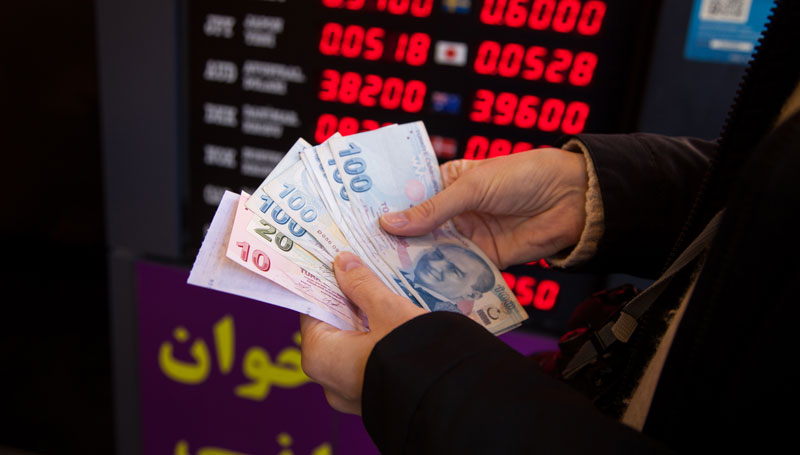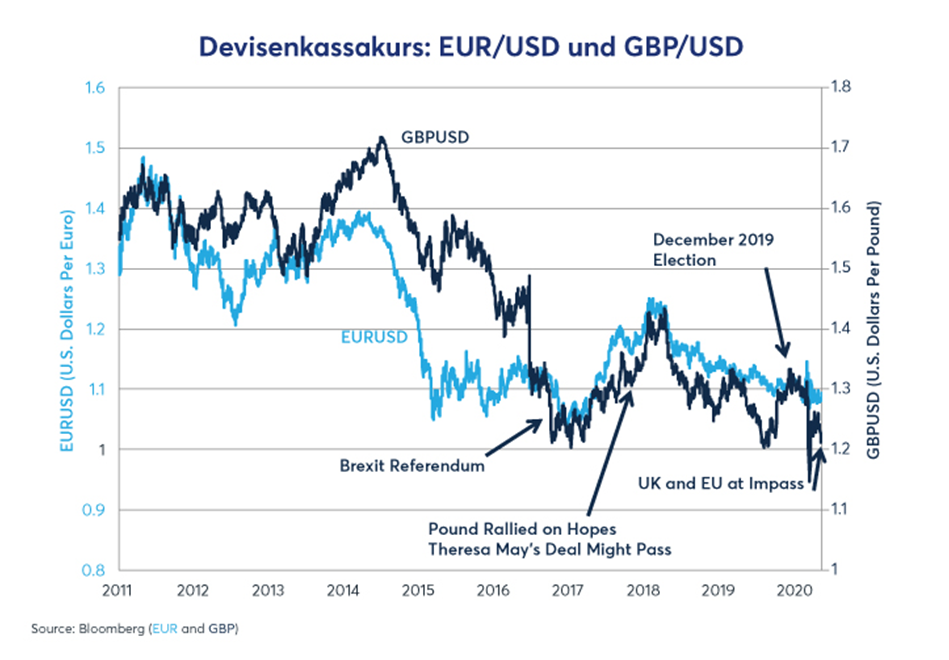

15.06.2020 – Special Report. After the astonishingly rapid recovery of the stock market from the corona shock since March, the threat of a setback is now looming. Three factors should worry the bulls: 1) The outbreak of a second wave of Covid-19, and 2) politics plus a possible civil war in the US. And 3) the fact that deflation is showing up in America despite all the help of monetary policy.
The second wave
As predicted at this point some time ago, the danger of a second corona wave is currently weighing on the minds of Wall Street. In China, Covid-19 has now appeared in Beijing. After the riots in the USA a new outbreak is to be feared: Twenty US states report an increase in new outbreaks after the looting of recent weeks. Needless to say, a new lockdown would strangle the US economy once again.
Which, by the way, would certainly be in the Democrats’ interest – since this would reduce the chances of US President Donald Trump being re-elected. Perhaps this is the reason why the riots raged so violently, especially in democratically governed cities – it seems that local politics left the streets to the mob. In the end, the Democrats’ strategy seemed to work.
Biden gains
In various opinion polls, Joe Biden has moved far ahead. Many brokers are sweating over the prospect of BIden as president: Presumably, an election victory of the challenger means higher taxes for companies and earners; higher health care contributions for the hard-working middle class; open borders with unrestricted immigration including full medical care; rising crime and at the same time a restriction of gun ownership – and a president who may have an age-related Alzheimer’s problem, as various dropouts in recent weeks have shown.
Here is the deflation
Analyst Albert Edwards of the Societé Générale warned against deflation after the presentation of US consumer prices for May: “the markets remain focused on what lies ahead and not on the deflationary crevasse that has just opened up beneath them. So, what’s amazing is that despite all the aid money, we are seeing deflation. Edwards continues: “We are transitioning from The Ice Age to The Great Melt”. Meaning that the frozen money must now finally be unfrozen. Specifically: “massive monetary stimulus is combining with frenzied fiscal pump-priming in an attempt to paper over the current slump”. So, continuous stimulus.
The lesson for the stock market: the price-earnings ratio is likely to be severely undermined in a deflationary environment. And literally, Edwards added, “Before markets can properly embrace The Great Melt, they first need to comprehend the new normal: deflation has arrived.” In other words, the stock market has not yet recognized the situation. …except, perhaps, for some of the professionals who have cashed in the last few days.
Zombie companies suck up the cheap money
Deflation, in other words – and the world is currently experiencing the biggest aid program ever. According to Fitch Ratings, the combined balance sheets of the world’s largest central banks – the Federal Reserve, Bank of Japan, European Central Bank, Bank of England and People’s Bank of China – have exceeded $20 trillion. This is around 7 percent of the world’s gross domestic product.
But where is all the money? At zombie companies. Those companies that survive on cheap credit. The number of companies in the euro zone and in the USA that are unable to pay their interest from current business has just reached an all-time high, according to Deutsche Bank and the Bank of International Settlements. In addition, the number of global defaults in corporate bonds climbed to 50 billion dollars in the second quarter, according to the Institute of International Finance.
So here is the problem of printed money: the massive liquidity and low interest rates keep the zombie companies alive. But in a crowding out, they are pushing small, healthy companies out of the market. A collapse of these companies, which are financed on credit, could mean severe trouble for the stock market.
The gap in the share price continues to attract investors
In this overall situation, it is worth taking a brief look at the chart analysis. Here is a small crisis warning. At the beginning of April, the S&P 500 had torn a gap just over 2,500 points. The assumption is that this gap will be closed at some point. Especially since the 50-day moving average is also magically pulling prices up. And at some point, the index should then go to the closing of the just torn downward gap above 3,100. But for now, the general weather situation looks rather bearish.

Stay careful
Our conclusion: all the aid money is not yet reaching the real economy. People are not shopping, they stay at home because of Corona and now because of the riots and hoard their money, because they could lose their jobs. Zombie companies only survive with cheap loans. The fast recovery of the stock market in V-form is a blank cheque for the hoped-for effect of the central bank money. If that check bounces and just a bubble has built up, things will get messy. Watch out for news about collapsing banks, unattended corporate bonds or insolvent shopping centres – and keep an eye on the corona situation.
The Bernstein-Bank wishes successful trades and investments!
Important Notes on This Publication:
The content of this publication is for general information purposes only. In this context, it is neither an individual investment recommendation or advice nor an offer to purchase or sell securities or other financial products. The content in question and all the information contained therein do not in any way replace individual investor- or investment-oriented advice. No reliable forecast or indication for the future is possible with respect to any presentation or information on the present or past performance of the relevant underlying assets. All information and data presented in this publication are based on reliable sources. However, Bernstein Bank does not guarantee that the information and data contained in this publication is up-to-date, correct and complete. Securities traded on the financial markets are subject to price fluctuations. A contract for difference (CFD) is also a financial instrument with leverage effect. Against this backdrop, CFD trading involves a high risk up to the point of total loss and may not be suitable for all investors. Therefore, make sure that you have fully understood all the correlating risks. If necessary, ask for independent advice.












